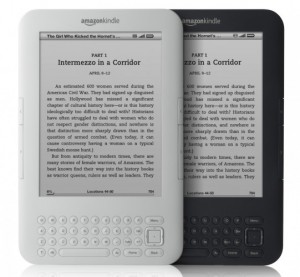… in the not-so-distant future the world has turned into a very bleak place, but luckily there is OASIS, a virtual reality world that is a vast online utopia. People can plug into OASIS to play, go to school, earn money, and even meet other people (or at least they can meet their avatars), and for protagonist Wade Watts it certainly beats passing the time in his grim, poverty-stricken real life. Along with millions of other world-wide citizens, Wade dreams of finding three keys left behind by James Halliday, the now-deceased creator of OASIS and the richest man to have ever lived. The keys are rumored to be hidden inside OASIS, and whoever finds them will inherit Halliday’s fortune. But Halliday has not made it easy. And there are real dangers in this virtual world.
After hearing Jick talk about it on a Kingdom of Loathing podcast last year, I picked up a copy of “Ready Player One” by Ernest Cline. I have to admit, this book had me hooked after referring to “Heathers,” Oingo Boingo, the Atari 2600, and 800XL, Galaga, and “Family Ties” in just the first few pages.



